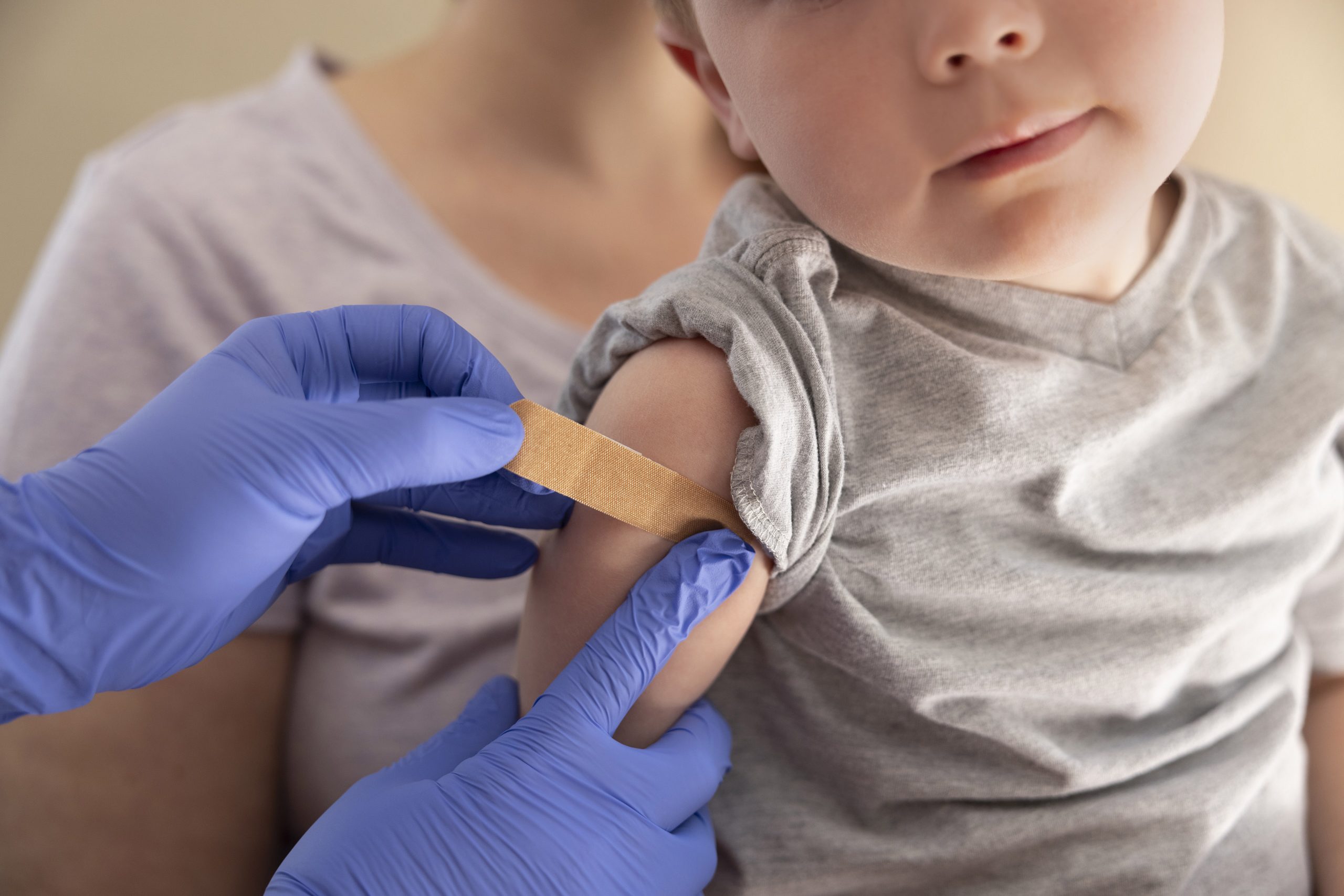The risk of sudden unexpected infant death (SUID) and sudden infant death syndrome (SIDS) increased during the COVID-19 pandemic compared to the pre-pandemic period, especially in 2021, according to a new study led by researchers at the Penn State College of Medicine. Monthly increases in SUID in 2021 coincided with a resurgence of seasonal respiratory viruses, particularly respiratory syncytial virus (RSV), suggesting that the shift in SUID rates may be associated with altered infectious disease transmission.
They published their findings today (Sept. 26) in JAMA Network Open.
“The cause of SUID is believed to be multi-factorial. Even with education about safe sleep environments and the back-to-sleep campaign encouraging parents to put babies to sleep on their backs, there’s still a high rate of SUID,” said Emma Guare, a fourth-year medical student at Penn State College of Medicine and first author of the paper. “It’s been hypothesized that there might be a link between infection and SUID and we wanted to better understand that connection, particularly as endemic infection rates shifted during the pandemic.”
In 2022, approximately 3,700 infants died unexpectedly in the United States, according to the Centers for Disease Control and Prevention (CDC). SUID is an umbrella term for unexpected death of an infant under the age of one year from known and unknown causes. SIDS is a type of SUID that occurs during sleep and where the cause of death is not known, even after a full investigation, and accounts for roughly one-third of SUID cases.
The research team examined the rate of both SUID and SIDS during the COVID-19 pandemic and compared it to the immediate period prior to the pandemic. Between March 1, 2018, and Dec. 31, 2021, there were 14,308 cases of SUID, based on national data on mortality provided by the CDC.
The research team found that the risk of SUID and SIDS increased during the pandemic when they compared monthly cases to the pre-pandemic period. The greatest increase was observed in 2021 when rates for SUID and SIDS increased 9% and 10%, respectively, compared to the pre-pandemic period. There was a notable shift in SUID rates from June to December 2021, when the monthly rate of SUID increased between 10% and 14% compared to pre-pandemic levels.
Measures put in place to mitigate the pandemic also interrupted the spread of respiratory illnesses like RSV, keeping rates low during 2020. However, as these measures were lifted during the second year of the pandemic, seasonal respiratory viruses began to circulate more widely at unexpected times and with more intensity.
While there were few RSV-related hospitalizations in 2020, cases surged between June and December 2021, an “off-season” for RSV, which typically is active between October and April. This seasonal shift in RSV closely mirrored the monthly changes in SUID that were observed in 2021.
“We don’t know what makes babies who die from SUID or SIDS more vulnerable, whether it’s genetics or something else. It could be that infections like RSV amplify those factors and make them more vulnerable,” said co-author Erich Batra, associate professor of pediatrics and family and community medicine at Penn State College of Medicine. “With RSV in particular, there have been questions about whether RSV causes more apnea, when you stop breathing temporarily, than other viruses and if that contributes to an environment conducive to SUID.”
The team noted that further research is needed to better understand the role of infection in SUID and SIDS and whether infections like RSV may contribute to a portion of SUID and SIDS cases.
“Practicing safe sleep practices is just as important, if not more important when babies are sick,” Batra said. He encouraged caregivers to continue to place babies to sleep on their backs, avoid soft bedding and not share a bed.
Other Penn State College of Medicine authors on the paper include Catharine Paules, associate professor of medicine; Vernon Chinchilli, Distinguished Professor of Public Health Sciences; Paddy Ssentongo, assistant professor of public health sciences; and Rong Zhao, doctoral student in biostatistics.


